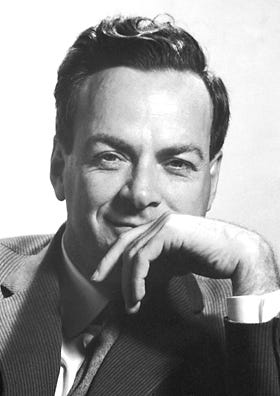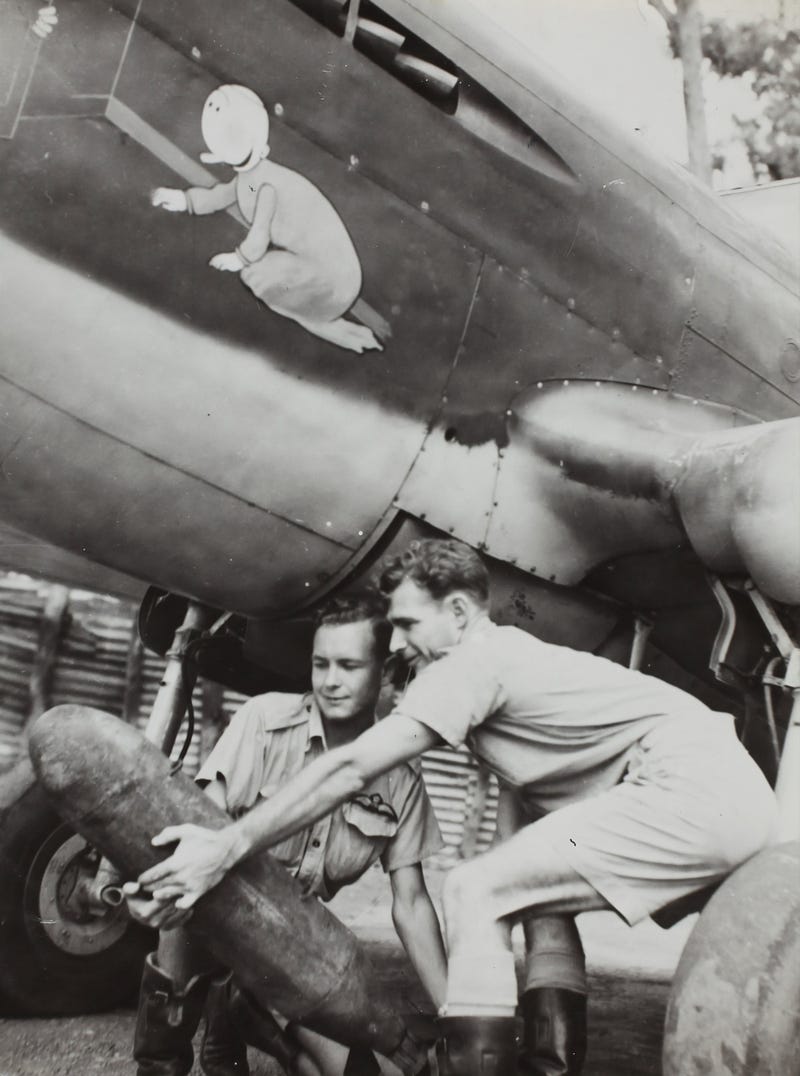Richard Feynman: His Impact on Quantum Mechanics and Science
Written on
Chapter 1: Introduction to Richard Feynman
Physics captivates with its intricate complexities and has been shaped by some of history's most brilliant minds. Here, we explore the life and accomplishments of Richard Feynman, a physicist whose influence on the 20th century was profound and enduring.
Early Life and Education
Richard Feynman was born in New York City in 1918, displaying a remarkable talent for mathematics and science from a young age. He pursued studies in electrical engineering and physics at the Massachusetts Institute of Technology (MIT) before earning his Ph.D. in physics from Princeton University. His early focus was on theoretical physics, particularly quantum mechanics, where he made groundbreaking contributions, notably the path integral formulation, which revolutionized the understanding of particle behavior at atomic and subatomic levels.

Work on the Manhattan Project
During World War II, Feynman contributed to the Manhattan Project, a secret initiative aimed at developing the first atomic bomb. His theoretical physics expertise was critical in the bomb's design and testing, and he witnessed the Trinity test, the initial nuclear explosion. This experience profoundly influenced his perspectives on science's role in warfare, later advocating for the peaceful use of nuclear technology and opposing nuclear proliferation.

Contributions to Quantum Electrodynamics
Feynman's most significant achievements were in quantum electrodynamics (QED), focusing on the interaction between electromagnetic radiation and matter. He introduced Feynman diagrams, visual tools that simplify the understanding of complex particle interactions, which transformed the way physicists study these processes. His groundbreaking work earned him the Nobel Prize in Physics in 1965.

Teaching and Popularization of Science
In addition to his scientific contributions, Feynman was renowned for his teaching prowess and ability to make complex concepts accessible. He taught at several prestigious institutions, including the California Institute of Technology (Caltech), where his engaging lectures captivated students. His lectures were later compiled into "The Feynman Lectures on Physics," which remains a classic educational resource.
Feynman also authored popular books like "Surely You're Joking, Mr. Feynman!" and "What Do You Care What Other People Think?" These works offered insights into his life and his views on science and society.

Personal Life and Legacy
Feynman was known for his playful personality, love for bongo drums, and penchant for practical jokes. An accomplished artist, he often created sketches to illustrate his ideas. Feynman passed away in 1988 at the age of 69, leaving behind an immense legacy in physics. His contributions to QED and science communication continue to motivate future scientists and researchers.

Conclusion
Richard Feynman stands out as a distinguished physicist and an exceptional communicator. His work in quantum electrodynamics has significantly advanced our comprehension of the universe. Feynman’s unique ability to present complex scientific ideas in an engaging manner has inspired countless students and science enthusiasts. His legacy as a physicist and science advocate continues to resonate, encouraging future generations to embrace curiosity, creativity, and a passion for knowledge.
In this lecture, Robbert Dijkgraaf discusses the intricate relationship between art and physics, and how Feynman’s legacy continues to inspire.
The video highlights Feynman's super-projection techniques, showcasing his innovative approach to teaching physics and engaging with students.